It was raining heavily when we departed Yangming Park for the short 6.6-km. (15 min.) drive to Beitou Thermal Valley, a valley located on the foothill of Yangmingshan National Park.
It is one of the sources of acidic sulfur hot spring in the area and, historically, was considered as one of the eight attractions and one the “12 great sights of Taiwan” during the Period of Japanese Occupation.
Xinbeitou Village occupies a lush valley that is home to 1200 species of plants, 110 species of birds and 160 varieties of butterflies.
Check out “Yangmingshan National Park“
The park is a good place to relax or go for a stroll. The rain stopped when we arrived at the resort area.
Walking along a boardwalk, past a souvenir shop (with a café inside selling hot and cold drinks), we could already feel the temperature rise (having the highest temperatures of any in the Datunshan volcano group, the highest temperature of the springs here ranges from 80-100℃).
We also noticed an eerie sulfuric steam rising from the surface of the bubbling, green-tinted pond which blankets the Thermal Valley year-round. Playing around in the breeze, the steam gave the valley a surreal sulfuric atmosphere and a frightening quality, which has given rise to nicknames such as “Ghost Lake” and “Hell Valley.”
In the past, visitors were once allowed to soak their feet at certain points as well as boil eggs in the hot springs. Both practices have since been prohibited, not only to protect the water quality but also to keep tourists from falling in and boiling themselves.
Located beside Beitou Hot Spring Park, the spring water here is high in the radioactive element Radium which, in the past, underwent a corrosive reaction with andesite rocks on the river bed about 150 meters downstream, creating layers of rare, cream and white diamond-shaped crystals called hokutolite (named after Hokuto, the Japanese name for Beitou), also known as Anglesobarite or Beitou rocks, the only mineral in the world to be named after a region of Taiwan. They can only naturally be found in only two places: Beitou and Tamagawa (Akita Prefecture, Japan).
To ensure the protection of these natural rarities, the “Beitou Rock Conservation Area” has been established in recent years. Thus, visitors to the Thermal Valley not only get to experience “hell,” but also gain insight into some rare radioactive rocks. Its mineral water also contains Plaster, Alunite, Jarosite, Realgar and Sulfur and its pH value is between 1.4~1.6. As sodium carbonate tend to be highly acidic and corrosive, the springs have also been called the “Green sulfur springs” and “Sulfur heads.”
Today, the main source of the “white sulfur” hot spring water used in Beitou hot spring establishments is the Liuhuanggu and Longfenggu thermal valleys located further uphill in Yangmingshan National Park.
Beitou Thermal Valley: Beitou District, Taipei, Taiwan. Open Tuesdays to Sundays, 9 AM – 5 PM.
How to Get There: The only metro-accessible hot spring in Taiwan, a two-station line connects Xinbeitou, Taipei City’s only hot spring village, to Beitou station on the Danshui line. From Taipei’s Main Station, go north on the Red Line, to Beitou. Once there, change to the Pink Line by going downstairs and back up again on the other side of the platform and take it one stop to Xinbeitou (New Beitou).

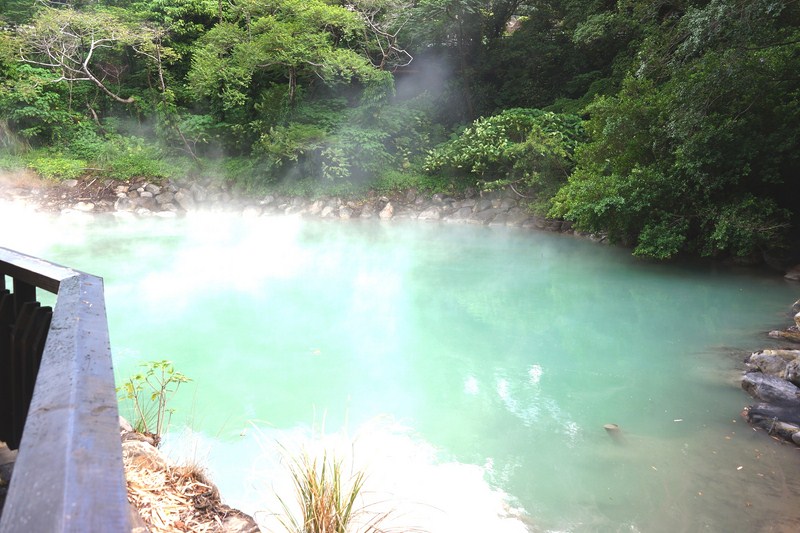
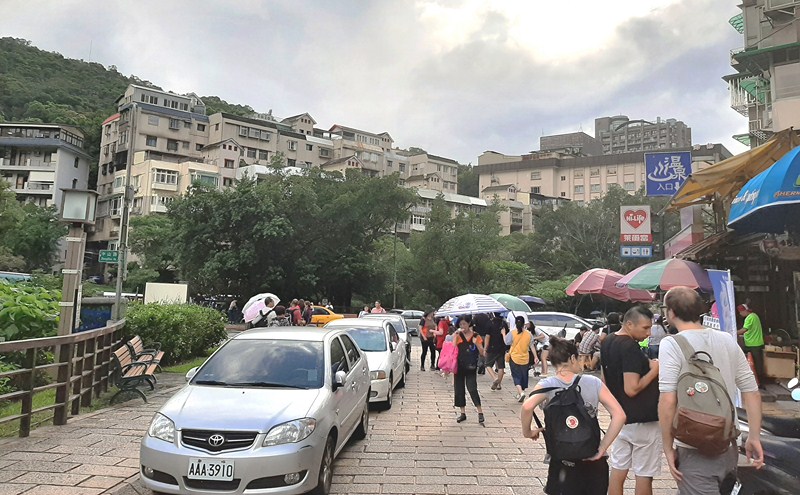

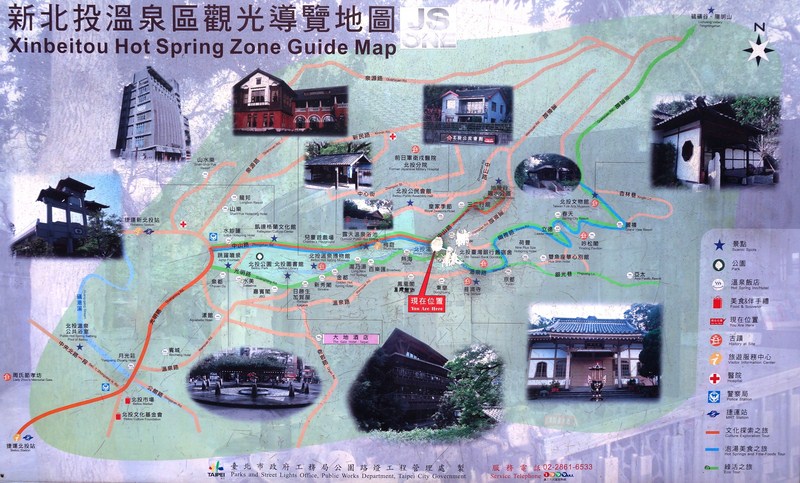
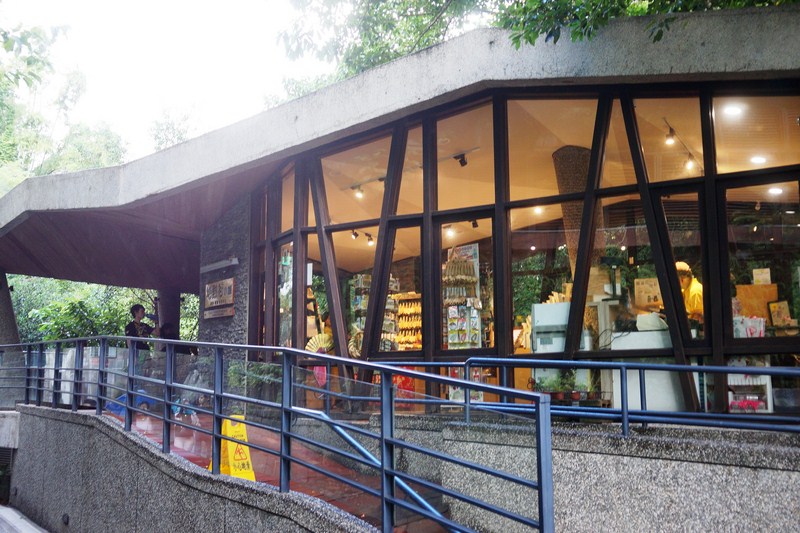
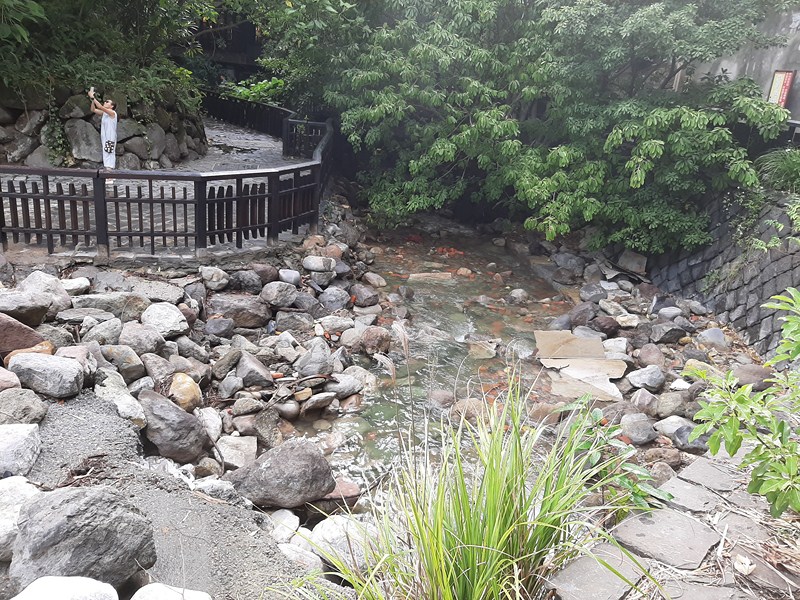


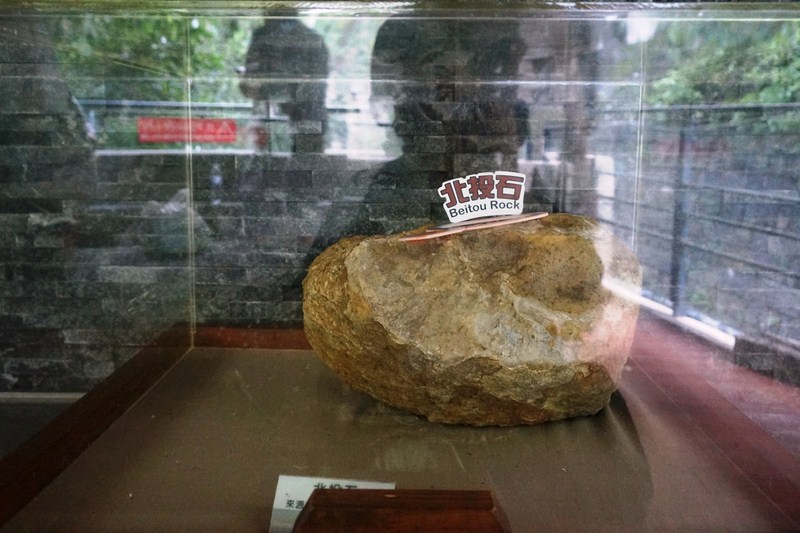
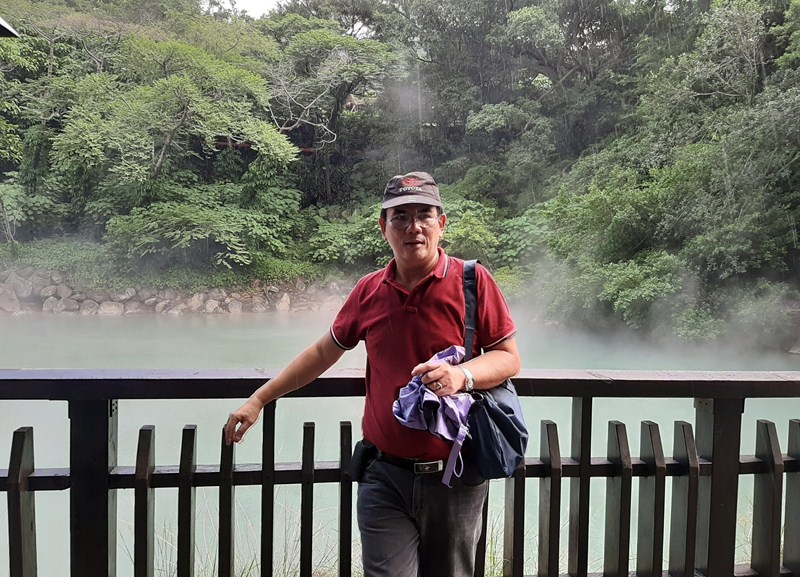
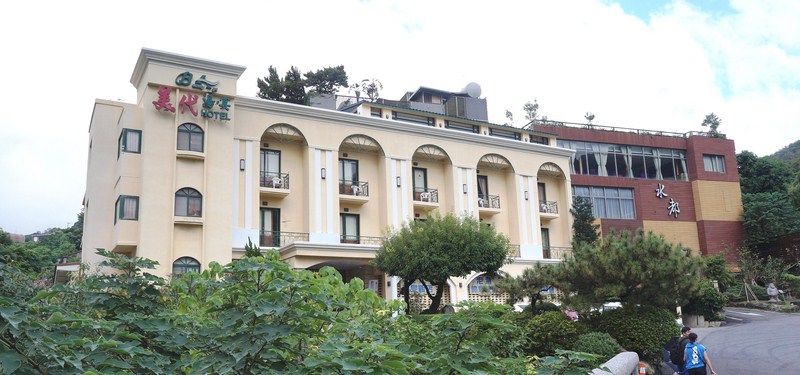
Pingback: Nung Chan Monastery (Taipei, Taiwan) – B.L.A.S.T. – Live Life to the Fullest ……… Don't Stay Put